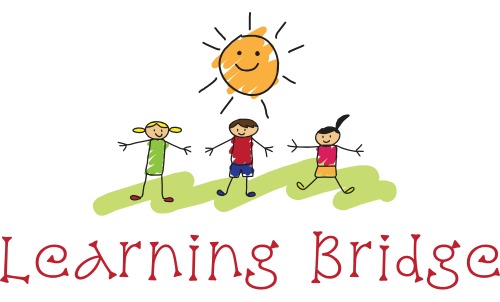To initiate and sustain interest of school students in rural areas there is a requirement of making education more interesting. Most rural schools are still using age old methods of teaching. This makes education difficult and students lose interest. Using innovative teaching program, difficulties in learning Science, Mathematics and English can be removed and students get a new spark of interest. It becomes important to provide a support system for rural school to implement activity based education programs and to ensure better education.
Objectives of program:
- • To make the process of teaching and learning an enjoyable and non- monotonous process
• To bring about the aspect of student involvement and making class more interactive
• To use of Visual and audio aids with Emphasis on thinking rather than just learning
• To Increase the preparedness of Teachers
• To Involve teachers in preparing teaching material
• To make students work in collaborative and competitive fashion
The essential levels of:
- • Literacy – Numeracy – Subject Knowledge – Understanding – Conceptual clarity Have not been attained by the majority
• Have not been seriously addressed across the school system
Strengthening quality of primary education in India.
Required nothing less than comprehensive curriculum and pedagogic renewal, a transformation in teaching and learning methodology and processes; complete system change.
The Teaching and Learning Process required:
- • Teacher provides learning opportunities and guides a range of meaningful learning.
• Teacher provides learning situations that give children an opportunity to observe, explore, question, experience and develop their own understanding of various concepts.
• All children participate actively in different activities/tasks and acquire all the necessary skills.
• All children construct knowledge on their own, based on their experiences inside and outside the school.
• All children work both individually and also in groups, discussing, sharing, co-operating and respecting others’ viewpoints.
• System that is more flexible, depending to a large extent on the stages children have reached in their learning.
• Seating arrangement changes according to the activity being organized. - The Teaching and Learning Process required
- • A variety of materials, aids and equipment are availed and used by children.
• All children are engrossed in what they are doing.
• Assessment is self-assessment as part of the teaching learning process.
• All children are assessed informally by teachers while doing activities/tasks, primarily through the teachers monitoring of progress on the learning ladders – the children are not aware of this assessment.
• A report conveys the learning and progress of the child.
• Children’s progress on the learning ladders are reported in qualitative terms and on all aspects of development – some children move faster than others and all types of learners are accommodated in the teaching.

